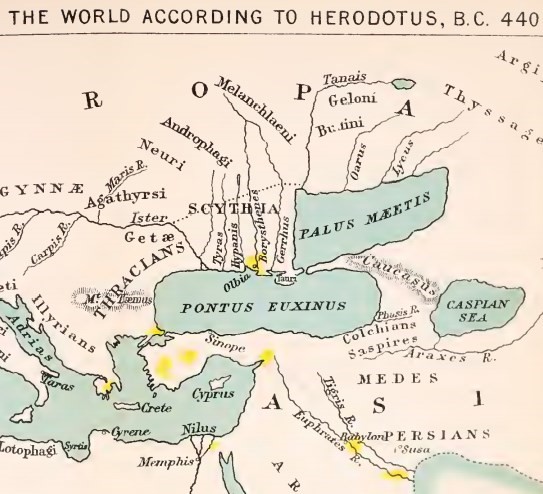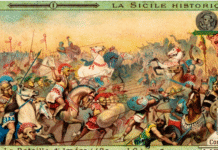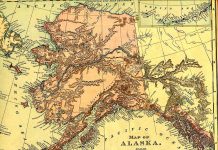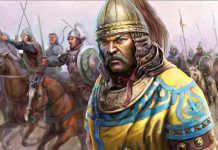“These farming Scythians inhabit a land stretching eastward a three days’ journey to a river called Panticapes, and northward as far as an eleven days’ voyage up the Borysthenes [Dnieper]; and north of these the land is uninhabited for a long way; after which desert is the country of the Man-eaters, who are a nation by themselves and by no means Scythian; and beyond them is true desert, wherein no nation of men dwells, as far as we know” (Herodotus, 4.18.3). Herodotus found it important to mention that after some long journey to the north from the Dnieper River there was a nation of the Man-eaters or cannibals. Herodotus uses the term Androphagi for them. Separately from each other, two Czech historians – Lubor Niederle and Wilhelm Tomaschek, and a Lithuanian-American archeologist Dr. Maria Gimbutas hypothesized that Androphagi is a Greek translation of mard-xwaar from which the name Mordva derives. Mordva is the Russian name of the Finno-Ugrian Erzya and Moksha peoples of east-central European Russia. (This excerpt is taken from the “Royal Scythia, Greece, Kyiv Rus” book).
Old Encyclopedia Brittanica (1911) held a similar view: “ANDROPHAGI (Gr. for “man-eaters”), an ancient nation of cannibals north of Scythia (Herodotus iv. l8, 106), probably in the forests between the upper waters of the Dnieper and Don. They were most likely Finns (Samoyed has the same meaning) and perhaps the ancestors of the Mordvinians (q.v.).
As can be seen, the area of the Volga Finns tribes (which include Mordva) in present-day Russia coincides with the area where the Androphagi of the ancient world lived. Archaeological evidence indicates that some such tribe occupied the region corresponding to that assigned by Herodotus to the Men-eaters about Riazan and Tambov.
Wikipedia article on the Androphagi is extremely misleading both in the location of the tribe and in desperately trying to tie it to the Scythians. Here is another direct quote from Herodotus in that regard:
“The Man-eaters have the most savage character of all men; they have no conception of justice, and in fact follow no civilized traditions at all.” (Herodotus, 4.106)
The quote above shows striking similarities between the Androphagi and the modern-day Russians especially displayed during the current war in Ukraine – no civilzed traditions, no even traditions of war. The November 2023 world news ‘Putin pardons two cannibals who joined the war in Ukraine‘ can be an indication that the ancient genes of the Androphagi are still present in that area.
< Read more about ‘Russian’ true nature










